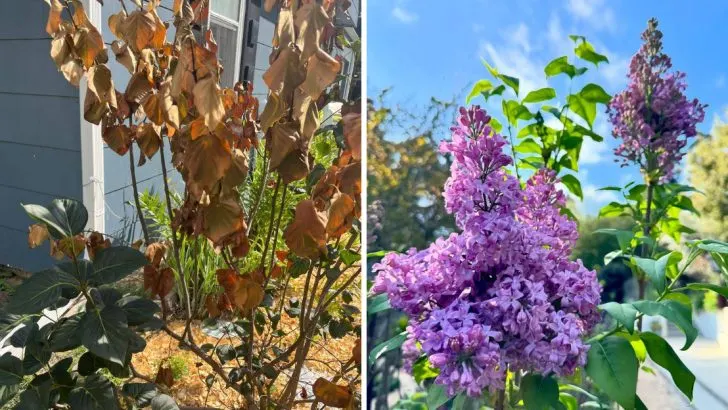Growing lilacs can be both a gardener’s delight and a challenge. These fragrant blossoms bring beauty and aroma to any garden, yet they come with their own set of trials. Despite the hurdles, the charm of lilacs often outweighs their drawbacks. This blog post delves into eight common problems associated with growing these delightful shrubs and presents seven compelling reasons why they’re still worth a spot in your garden.
Powdery Mildew Challenges
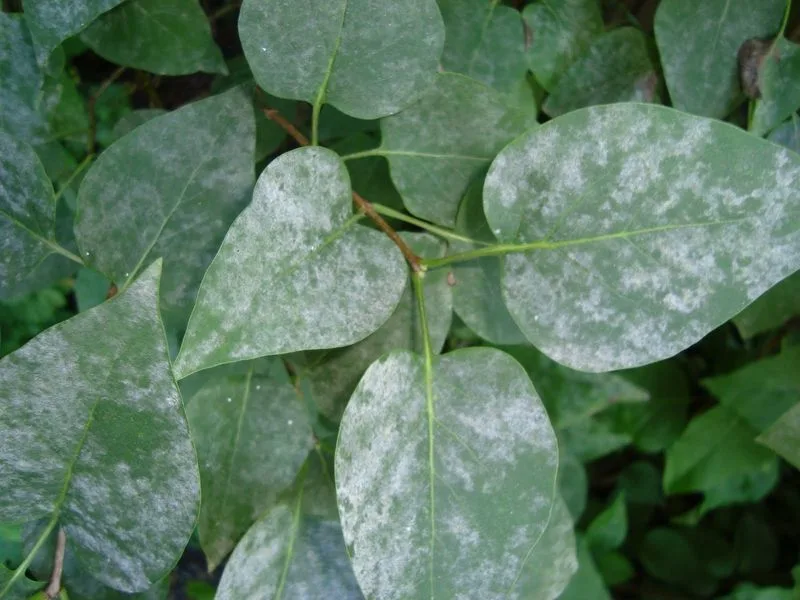
Powdery mildew, a common fungus, often afflicts lilacs. This ailment manifests as a white, powdery substance on leaves, hindering photosynthesis. It tends to thrive in humid conditions, making it a persistent issue for gardeners. Unfortunately, this fungus can make leaves unsightly and even lead to premature leaf drop.
Combatting this involves improving air circulation around plants and selecting mildew-resistant varieties. Some gardeners opt for fungicides, but natural solutions like neem oil can also be effective. While it’s a nuisance, tackling powdery mildew is not insurmountable with dedication and care.
Lilac Borer Infestation
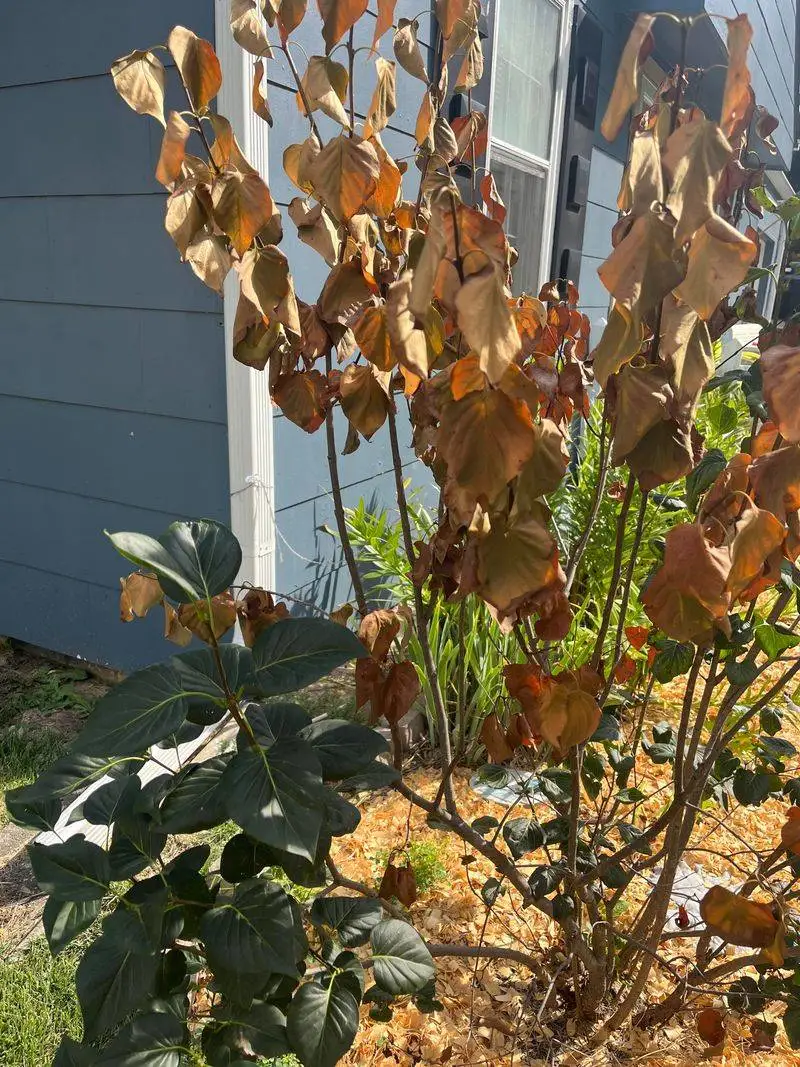
The lilac borer is a notorious pest that tunnels into trunks and branches. This sneaky critter can cause wilting and even death of young shoots. Gardeners often discover these pests too late, after significant damage is done.
To prevent infestations, regular inspection and proper pruning to remove damaged wood are key. Encouraging beneficial insects like parasitic wasps can naturally keep borers in check. Despite their potential for destruction, proactive measures can control these pests and ensure healthy lilac growth, preserving the plant’s vigor and beauty.
Limited Blooming Period
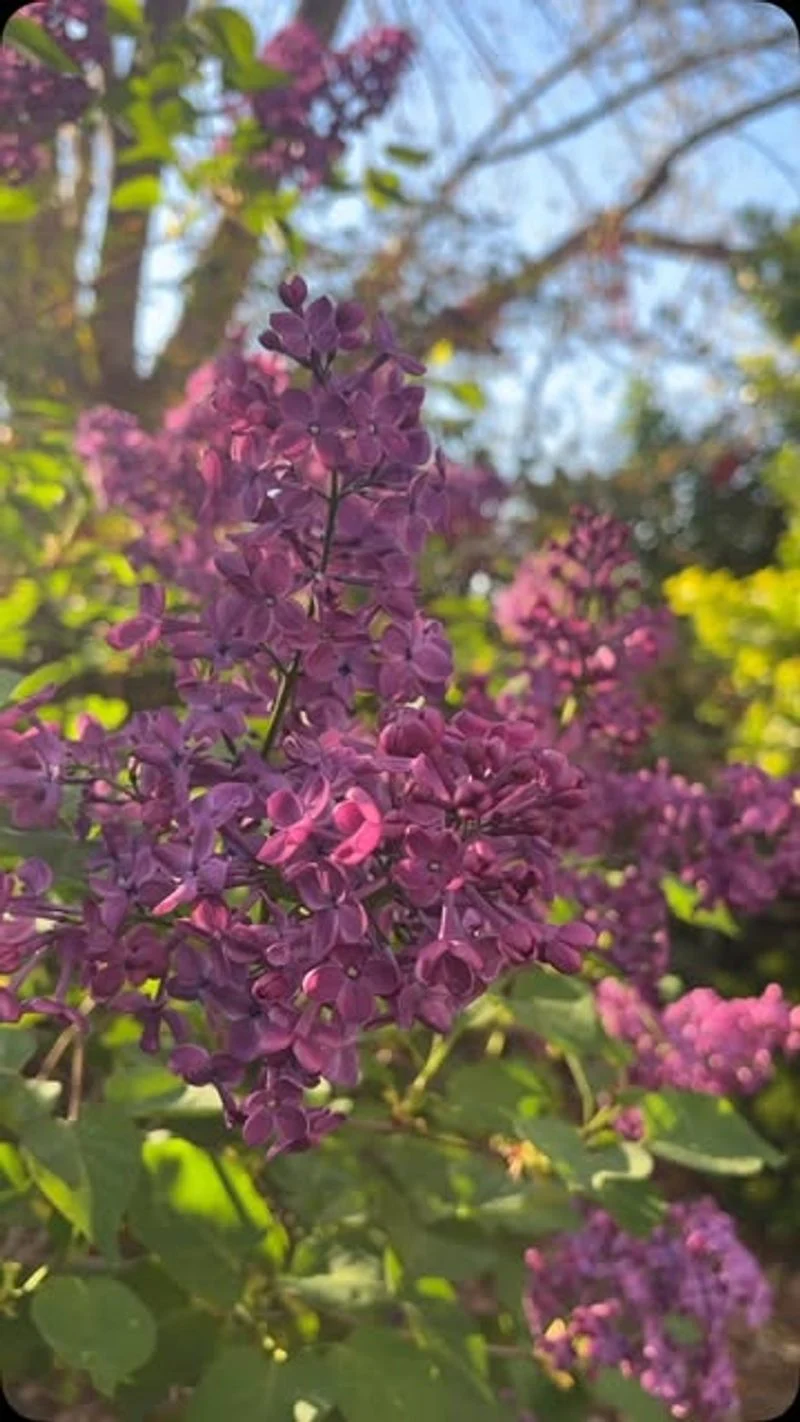
Lilacs, though stunning, have a relatively short blooming period, typically just a few weeks in spring. This fleeting display can be a letdown for those anticipating a long season of floral beauty.
To extend enjoyment, gardeners might plant several varieties with staggered blooming times. Additionally, incorporating other perennials that flower later can ensure continuous garden interest. Although brief, the lilac’s bloom is a spectacular event that heralds the arrival of spring, offering a fragrant and colorful escape from winter’s grasp.
Pruning Complications
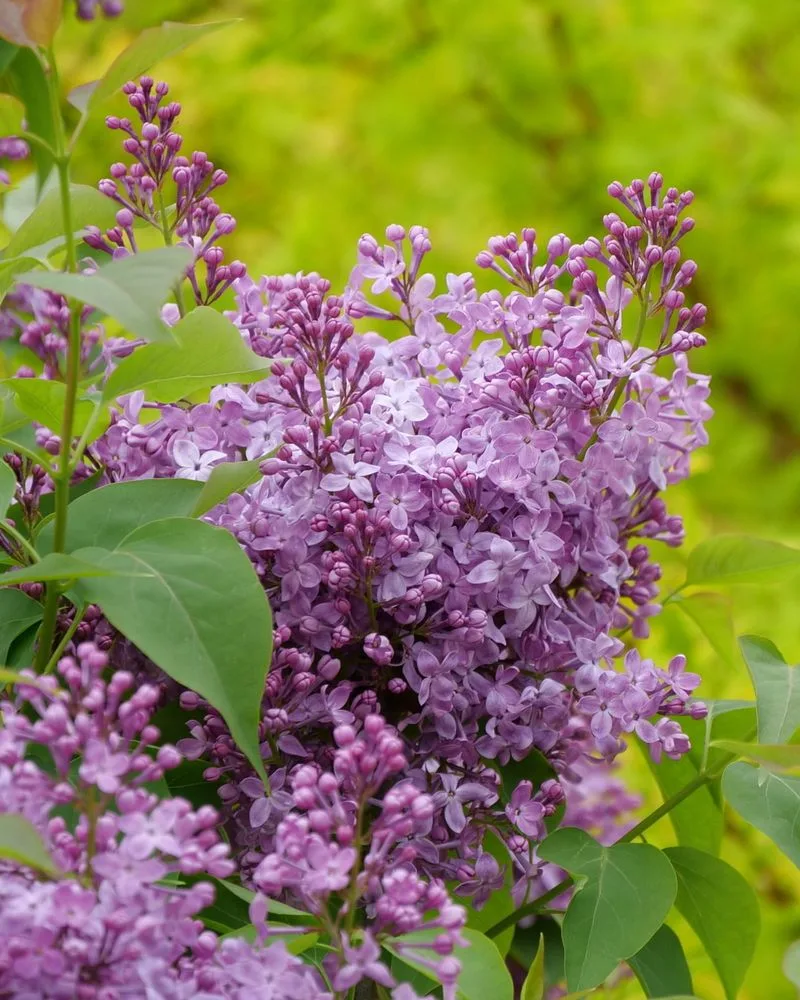
Pruning lilacs can be a tricky task for novices. Proper timing is crucial; pruning too late in the season removes next year’s blooms. This requires keen attention and a bit of gardening knowledge.
Ideally, pruning should be done immediately after flowering to encourage healthy growth and abundant blooms for the following year. Mastering this can significantly impact a lilac’s vitality and aesthetic. Though it presents a learning curve, the reward is a thriving bush that enhances the garden’s allure with its lush greenery and vibrant flowers.
Suckering Issues
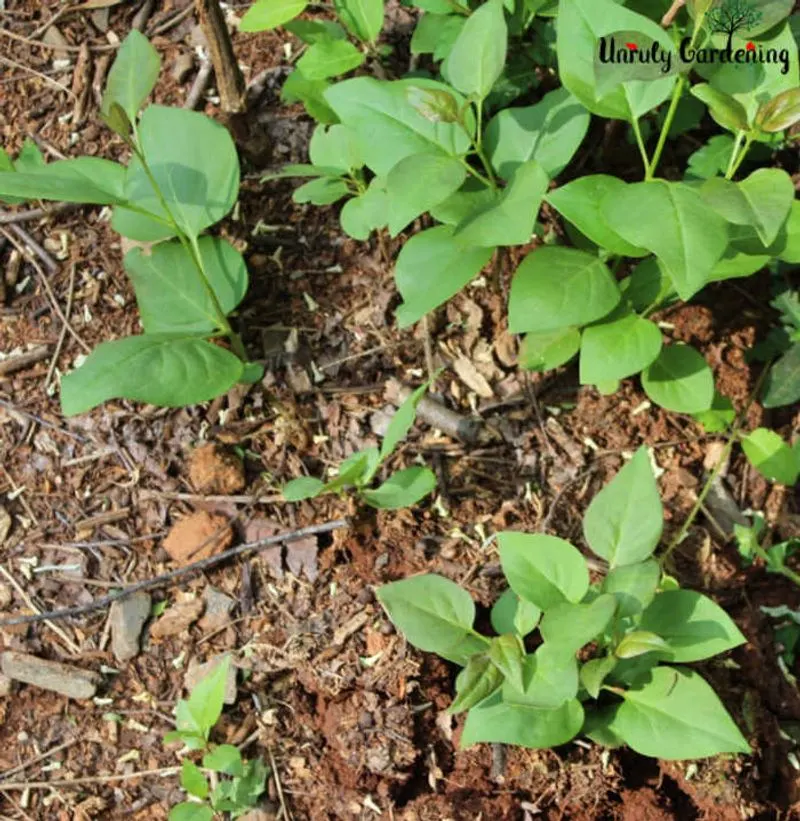
Lilacs are notorious for producing suckers—shoots that emerge from the roots. These can crowd the area around the plant if left unchecked, leading to a messy appearance.
Regular maintenance is required to keep these in check, usually involving the removal of suckers as they appear. While this can be a time-consuming task, it maintains the focus on the main plant. By controlling suckering, gardeners can prevent lilacs from becoming overgrown and ensure they remain a beautiful focal point rather than a sprawling mess.
Soil Drainage Requirements
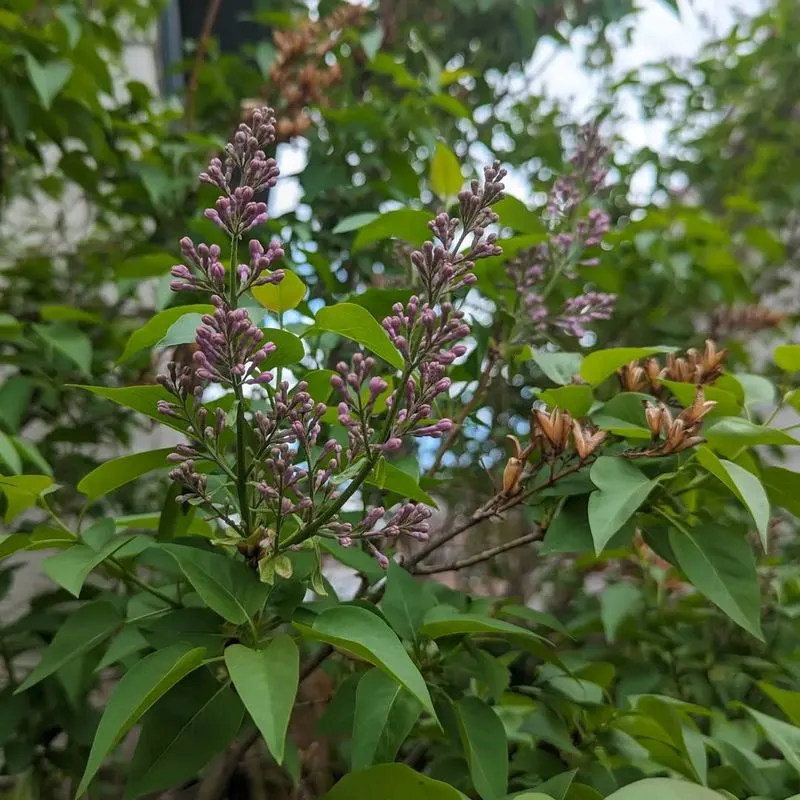
Lilacs demand well-drained soil, and poor drainage can lead to root rot. This sensitivity makes site selection paramount. Waterlogged conditions, often exacerbated by heavy clay soils, are particularly detrimental.
Amending soil with organic matter can improve drainage, making it more suitable for lilacs. Raised beds are another popular solution to manage water effectively. While soil requirements may seem demanding, they are manageable with the right approach, ensuring lilacs grow robust and healthy, showcasing their blooms without the risk of rot.
Diseases Affecting Lilacs
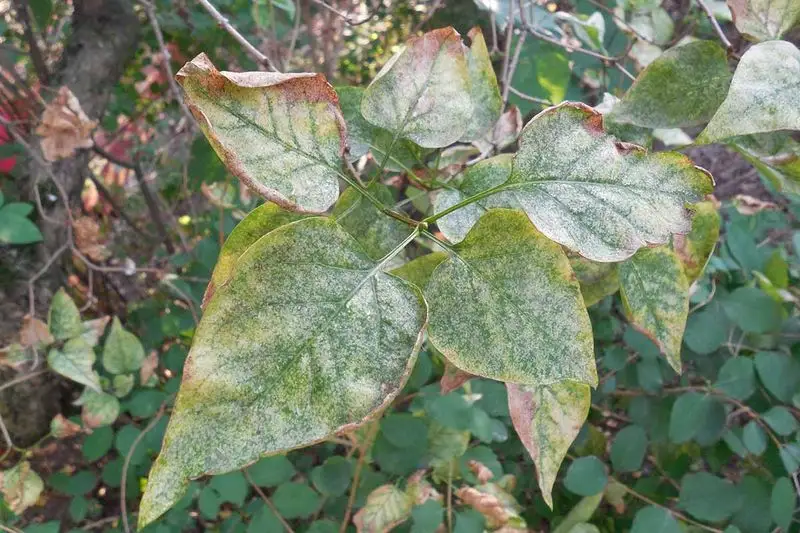
Lilacs are susceptible to several diseases, including blights and leaf spots. These diseases can disfigure the plant, affecting its overall health and appearance.
Preventative measures, such as proper spacing and airflow, can deter many diseases. When issues arise, fungicides or homemade remedies like baking soda solutions may prove helpful. Recognizing early signs can prevent the spread and impact of disease. Despite these challenges, with vigilance and care, lilacs can flourish, maintaining their place as garden favorites.
Cold Hardiness Concerns

While known for their hardiness, some lilac varieties struggle with extreme cold or unexpected frosts. This can affect blooming potential and plant health in subsequent years.
Choosing the right variety for your climate zone is vital. Providing winter protection, like mulching, helps safeguard roots from harsh conditions. Though weather challenges are unpredictable, proper planning can ensure lilacs remain resilient and offer their iconic springtime display year after year.
Fragrance and Beauty
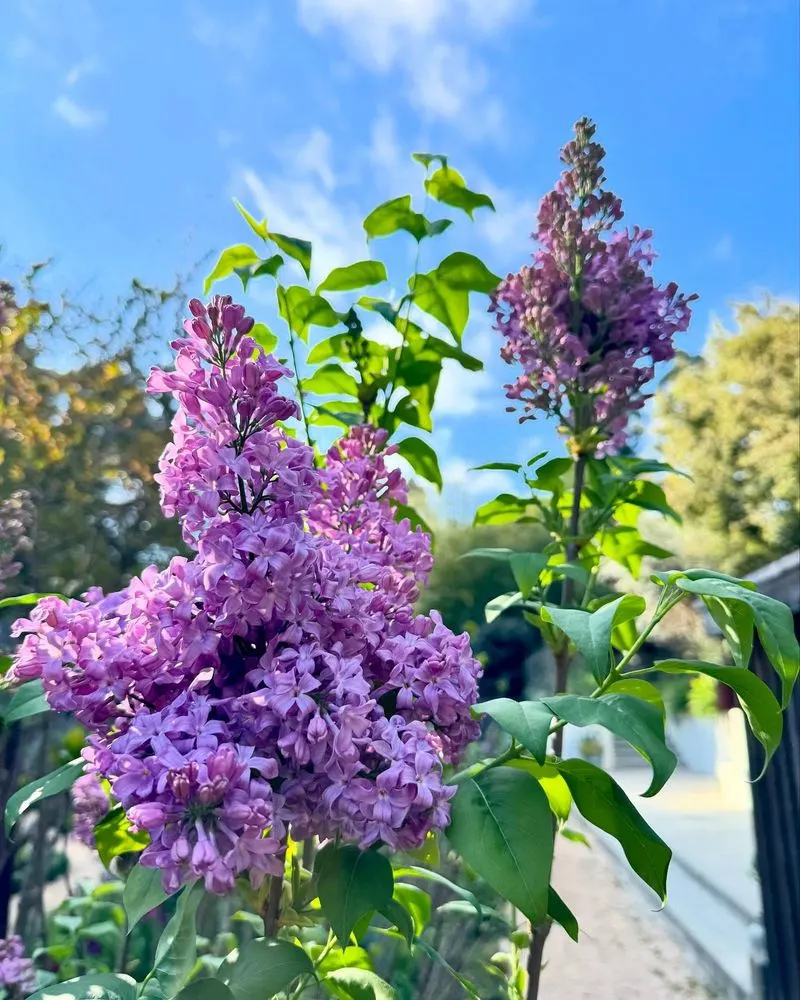
Lilacs are renowned for their enchanting fragrance and stunning beauty. These qualities make them a favorite in gardens and bouquets. The scent of lilacs is both nostalgic and inviting, evoking memories of springtime.
Their flowers, in hues of purple, white, and pink, are visually striking against lush greenery. Despite their challenges, these attributes make lilacs a cherished addition to any landscape, providing sensory delight and a visual feast that few plants can match.
Attracting Pollinators
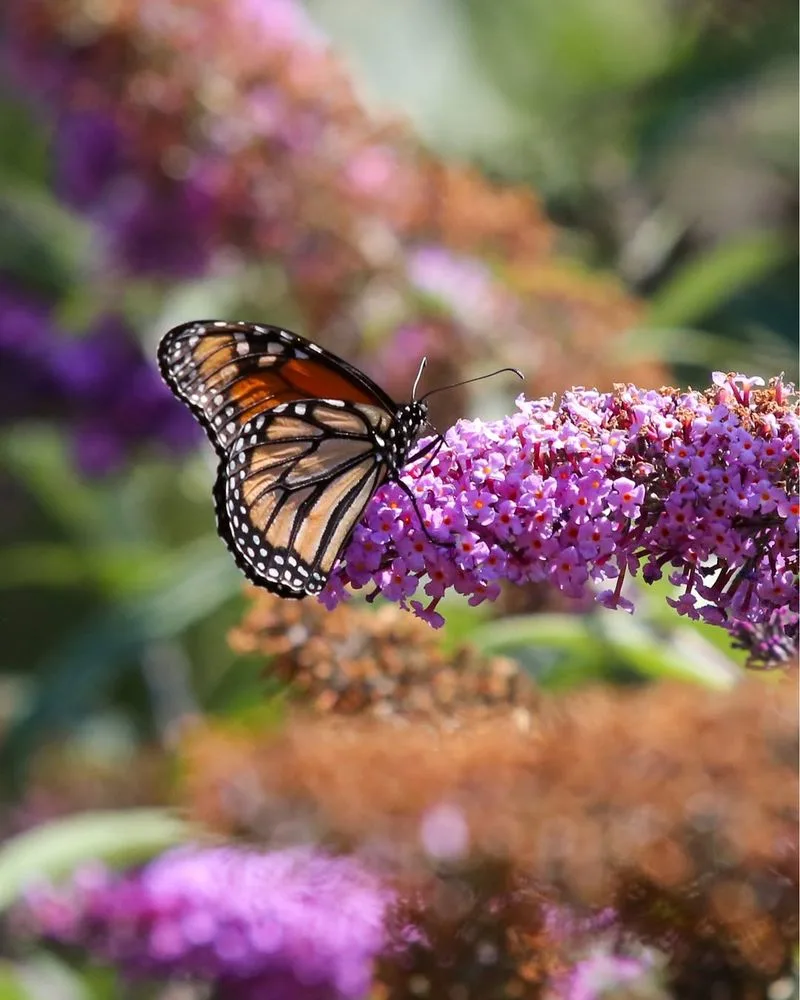
Lilacs play a vital role in attracting pollinators, such as bees and butterflies, contributing to garden health and biodiversity. These insects are drawn to the sweet nectar and vibrant blooms.
By planting lilacs, gardeners support local ecosystems, encouraging a thriving environment. The presence of pollinators not only benefits lilacs but also enhances the productivity of surrounding plants. This ecological contribution underscores the value of lilacs in promoting a balanced and lively garden ecosystem.
Cultural and Historical Significance
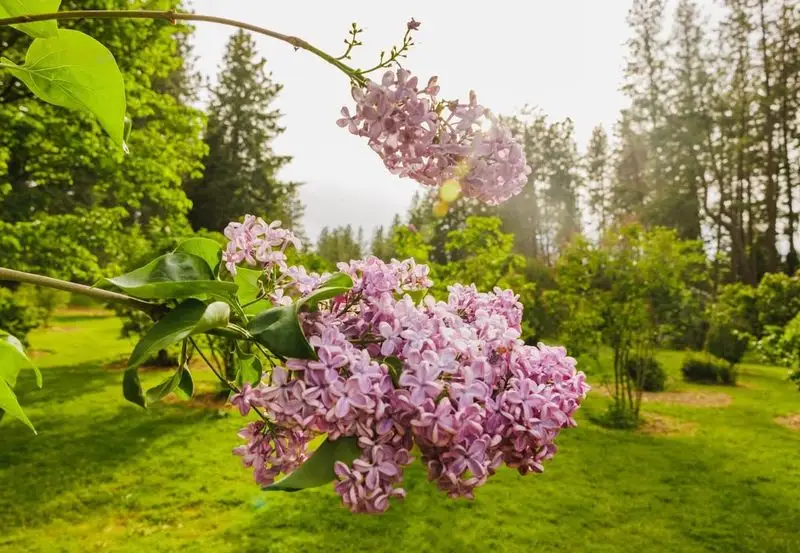
Lilacs have a rich cultural and historical significance, symbolizing renewal and love. Their presence in gardens dates back centuries, often planted as a sign of welcome.
Many cultures associate lilacs with poignant traditions and celebrations. This historical legacy adds depth to their allure, connecting gardeners to a past filled with meaning and beauty. Growing lilacs can be a tribute to history, embedding personal gardens with stories and traditions that span generations, enriching the gardening experience.
Versatility in Landscaping
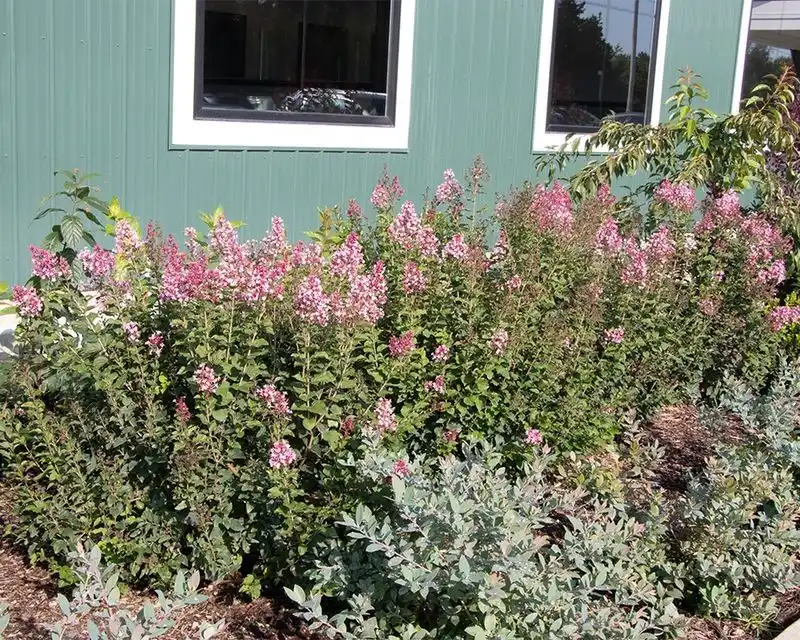
Lilacs offer versatility in landscaping, suitable for hedges, borders, or standalone features. Their varying sizes accommodate different garden needs, providing flexibility in design.
Whether used to create privacy screens or accentuate a garden corner, lilacs adapt well to diverse environments. This versatility makes them a valuable asset in garden planning, allowing creativity in layout and design. Their adaptability ensures they complement any landscape, enhancing the aesthetic and functional appeal of outdoor spaces.
Low Maintenance Requirements
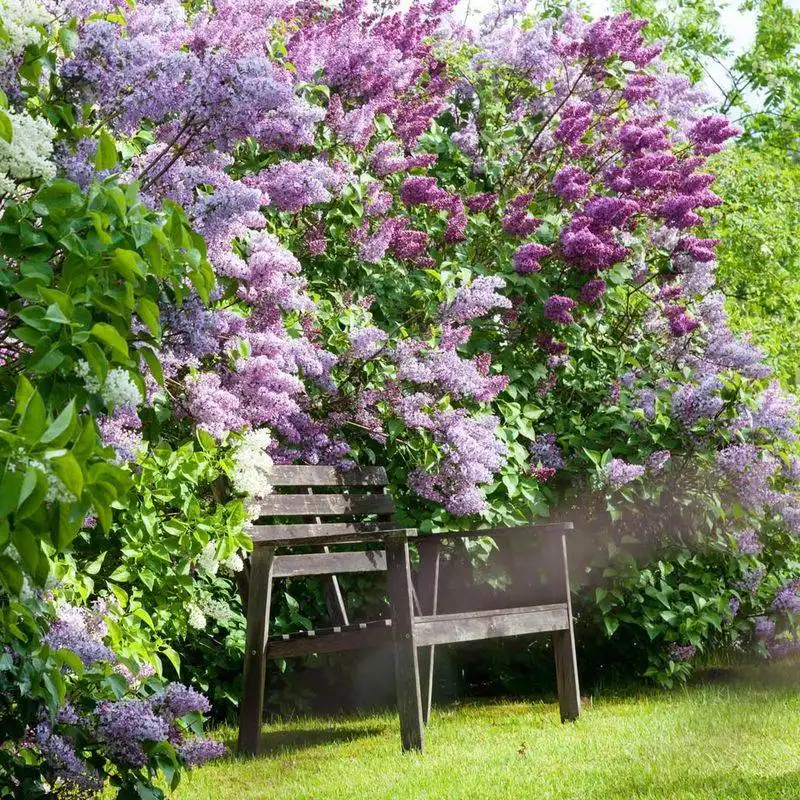
Despite some challenges, lilacs are relatively low maintenance. Once established, they require minimal intervention, thriving with basic care. Their resilience makes them suitable for gardeners of all skill levels.
Regular pruning and occasional feeding keep them healthy, but they generally withstand neglect better than many other ornamentals. This ease of care, combined with their aesthetic qualities, makes lilacs an appealing choice for those seeking beauty without extensive upkeep, offering a rewarding gardening experience with less effort.
Emotional and Aesthetic Appeal

The emotional and aesthetic appeal of lilacs is unmatched. They evoke feelings of joy, nostalgia, and serenity, transforming gardens into peaceful retreats. Their blooms offer a visual spectacle that captivates the senses.
Beyond their beauty, lilacs carry sentimental value, often linked to cherished memories and traditions. This emotional connection enhances their presence in gardens, making them a beloved choice for creating personal and meaningful outdoor spaces. Their ability to resonate with the heart and soul makes lilacs a timeless addition to any garden.

